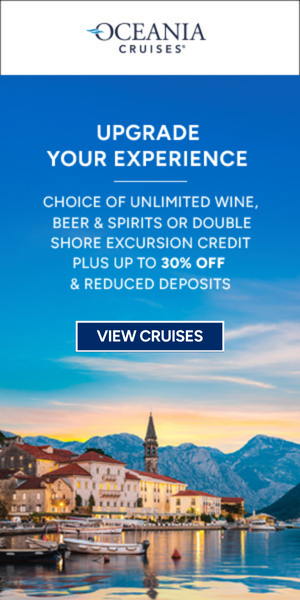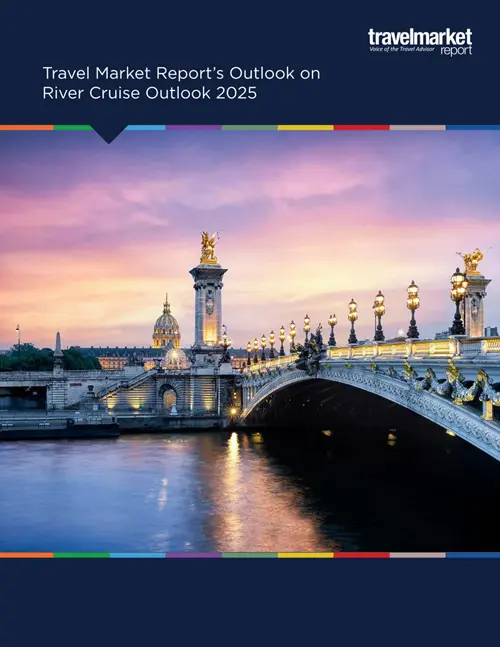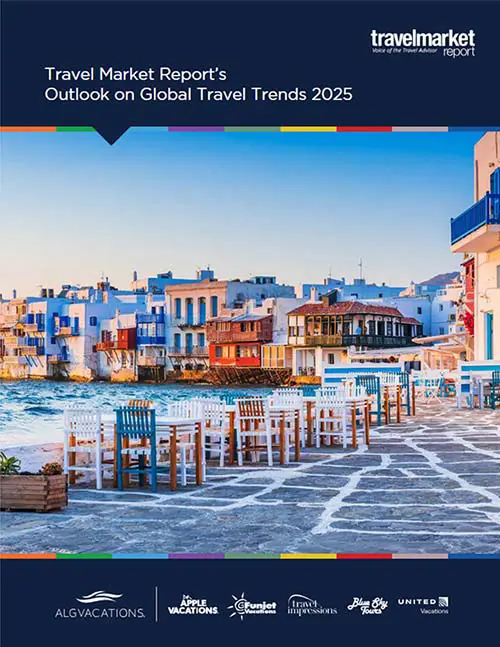Travel + Leisure A-List Controversy Is a Slippery Slope for Travel Media
by Doug Gollan
Photo: Shutterstock.com
The recent news that Travel + Leisure will start charging $4,000 to travel agents who want to be included on its annual A-List of the best advisors may only directly impact the 139 advisors who were on the list last year and those who want to be on it in the future. But, it is causing a social media kerfuffle about the validity of the fee, and whether it devalues the list and makes it advertorial as opposed to legitimate editorial.
“So much for purism in journalism,” wrote one PR executive whom I know and respect. “Terrible,” wrote another on Facebook. Travel + Leisure says that the fee is only payable if an agent is selected, so it would only affect those who choose not to put themselves forward. As far as the application process, that hasn’t really changed, the publisher says. If it is true, Travel + Leisure is not going to charge the fee until after they notify you that you made the list, well, the payment wouldn’t impact inclusion. You can always say, “I was chosen, but decided not to pay.”
Why the fee was added
Travel + Leisure, for its part, noted there is a lot of expense in researching the list, which entails ferreting through applications and interviewing customers of the agents that apply as well as the agents themselves. Good reporters don’t grow on trees, nor are they a commodity that can be bought on the cheap.
Having spent most of my career involved in magazine publishing, it’s painful to see the state of the industry today, with thinner issues, lower-grade paper, and often editorial staffs that have been dramatically downsized since the glory days when these publications were thick with glossy ads. And that’s the point. It was those ads, costing $80,000 or more for a single page, that paid the freight.
Readers of these magazines never really paid much. And, in fact, $12 or $20 per year, for what used to be a dozen issues (some major publications are now down to eight) doesn’t even cover a fraction of the expense involved, which now has to include populating websites multiple times a day, as well as creating interaction with readers via social media, plus investing in ever-changing technology — much of which doesn’t even pan out.
The fact that readers of consumer travel publications have never really paid a significant amount of money to receive their favorite travel publications has meant that the endeavor was always underwritten by advertising. The transition from print to digital is trading dollars for nickels and pennies, increasing the pressure CFOs are putting on executive management, which trickles down. Plenty of magazines that haven’t been able to figure out a new model have closed down or scaled back to where they are a shadow of what they once were. It takes as much effort to do quality journalism on the web versus print, but more and more, it’s the much smaller digital ad programs that are being bought as print ads decline.
Historically in support of agents
Publications such as Travel + Leisure and Conde Nast Traveler, despite their flaws, have over the decades served the industry well, showcasing far-flung places before one could just Google it. The Travel + Leisure A-List of agents dates back to 2001 and was started during a time when much of the media had written agents off as dinosaurs. These best agent lists provided a strong message to both consumers and suppliers that agents were still an integral part of the distribution system at a time when agents had very few fans in the mainstream media.
At any rate, in many cases, the consumer side of travel media has never been about chronicling wrong orders from room service and run-of-the-mill attractions, but instead celebrating travel and putting a light on both interesting destinations and experiences one might not have thought or known about.
Affecting credibility with consumers
The application fee or membership fee, whatever you want to call it, is a slippery slope for Travel + Leisure and any other media company that wants to maintain some level of credibility with readers. One might argue the next step will be an online auction where tourist boards can bid to have their destinations featured.
Certainly, the reason we see fewer pages about travel and more coverage of watches, jewelry and fashion in travel magazines is those advertisers want coverage of their product categories instead of simply buying an engaged audience, which is what advertising should be about. Where should that line between editorial and commerce start? Where does it need to stop so that publishers can protect some level of integrity with their readers?
Being on these lists has helped turn many agents into semi-celebrities. Being on the lists has helped in terms of generating additional publicity for themselves and their agencies, and certainly gives them extra prestige when marketing themselves to clients. Go to the websites of those agents on these lists and you will see the recognition is often highly trumpeted. I’ve seen it on business cards, too.
By most estimates, there are around 100,000 travel agents today in the U.S., and real person retail advisors have proven their value to consumers over booking directly or via OTAs. Today, there is a multitude of ways to get information about travel, including publisher sites, talk boards, blogs and the social media that many agents use effectively to communicate with their clients and prospects.
Where will this lead?
Will agents revolt and Travel + Leisure finds it doesn’t have enough quality applications to consider? Will Conde Nast Traveler join suit and start charging? For agencies that may not spend much money on marketing to begin with, $4,000 is a lot of money. For others, it will just be moving numbers around on a spreadsheet.
Much as agents reinvented themselves — becoming experts, charging fees, offering a customized level of service that suppliers and OTAs can’t match — many of the current media brands we know well are trying to figure out how to compete against Facebook and Google for digital dollars as they try to maintain what they can with legacy print products.
I’ll take a backseat for the outrage on this one. I’ll also take a moment to appreciate the contributions various print magazines and newspapers have made to the travel industry via the coverage they have brought to their readers over the years. I’ll wish them the best in trying to figure out a model that both works for their readers as well as their owners and investors. The Conde Nast and Travel + Leisure agent lists have served the agency community well in promoting the value of agents not only to consumers but other media who use the lists as resources when trying to find experts on some type of travel or far-flung destination.





















